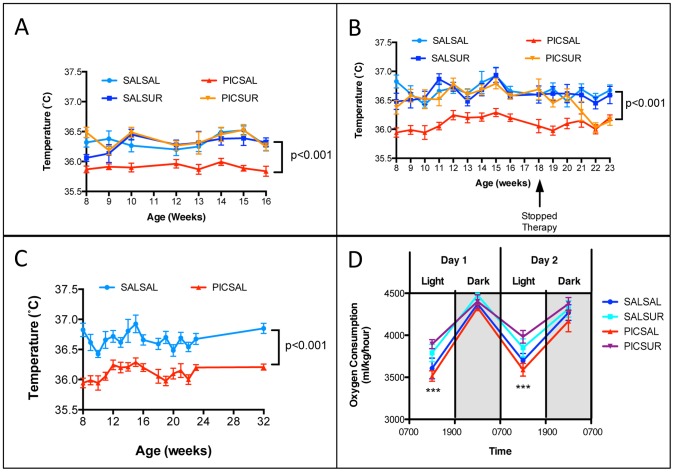Figure 2. Relative Hypothermia Was Corrected, and Aerobic Metabolism was Increased by Antipurinergic Therapy.
(A) Relative Hypothermia in the MIA Model was Corrected by Antipurinergic Therapy. (Linear mixed effects model analysis; F(1,47) = 25.3; n = 9–16 males per group; ages 8–16 weeks; p<0.001) (B) Correction of the Relative Hypothermia Was Lost After Discontinuing Antipurinergic Therapy. Weekly injections of suramin were discontinued in females at 18 weeks of age (PIC-SUR group; orange line, inverted triangles). By 22 weeks, hypothermia in the MIA animals returned to the untreated level approximately 0.5° below normal. (F(1,39) = 43.7; n = 9–16 females per group; p<0.001). (C) Relative Hypothermia is a Long-term Feature of the Poly(IC) MIA Model. Hypothermia persisted for at least 8 months of age (linear mixed effects model analysis F(1,19) = 114; n = 9–12 females per group; p<0.001). (D) Aerobic Metabolism. Oxygen consumption in the MIA animals showed a trend toward being decreased in both sleep (light) and active (dark) cycles. Suramin treatment increased sleep cycle oxygen consumption by 11%; MIA = PIC-Sal VO2 = 3552+/−47.6 ml/kg/hour; Treated MIA = PIC-Sur = 3938+/−45.9 (one-way ANOVA F(3,44) = 8.0; n = 6 males per group; age = 14 weeks; p = 0.0002). Antipurinergic therapy had no significant effect on oxygen consumption in the control animals; Saline-treated Controls = Sal-Sal VO2 = 3652+/−72.8; Treated Controls = Sal-Sur = 3821+/−71.5 (n = 6 males per group; p = 0.11). Values are expressed as mean +/− SEM.

